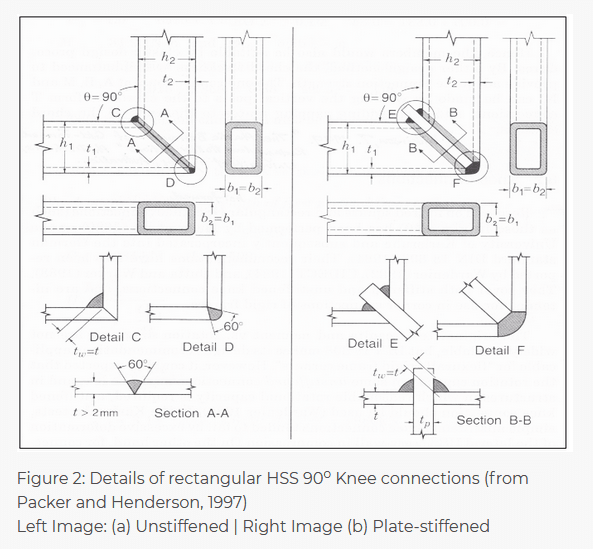SoiloftheMonth
Civil/Environmental
name for these triangle plates used to strengthen moment capacity of welded connection? I currently estimate the moment capacity of these connections as if the plate is not there. Working to see how I can take these plates into account, I assume the moment capacity with is stronger than without, how much can't say. Anyone know what these are being called, in the engineering world or even by the fab/iron workers?
pic attached
thanks
som
pic attached
thanks
som

